Monthly Archives: August 2024
SOURCE: IDRW.ORG TEAM


India has issued a Notice to Airmen (NOTAM) indicating an upcoming missile test scheduled to take place between September 9th and 13th, 2024. The designated area for this test, spanning approximately 75 kilometers, suggests that it could be a trial of a surface-to-air defense system.
NOTAMs are standard procedures used to alert pilots of potential hazards in their flight paths. In this case, the restricted airspace will be enforced to ensure the safety of both civilian and military aircraft during the missile test.
Continue readingSOURCE: RAUNAK KUNDE / NEWS BEAT / IDRW.ORG


Tata Advanced Systems (TASL) has confirmed its participation in the Indian Army’s tender for 400 advanced 155mm/52 caliber Towed Gun Systems (TGS). The company is developing a lighter version of its acclaimed Advanced Towed Artillery Gun System (ATAGS), specifically designed to meet the army’s requirement for a gun weighing under 15 tons.
The new Autonomous Light-Towed Artillery Guns (ALTGS) are essentially modified ATAGS systems that incorporate lighter materials such as titanium. This modification has successfully reduced the weight from 18 tons to 15 tons, making it eligible for the army’s tender.
Continue readingSOURCE: RAUNAK KUNDE / NEWS BEAT / IDRW.ORG


India’s nuclear submarine fleet is set to grow significantly in the coming years, with the commissioning of two new ballistic missile submarines (SSBNs). The third SSBN, INS Aridaman or S4, is scheduled to join the navy next year, followed closely by a fourth SSBN codenamed S-4(star).
The S4 class of submarines, to which both Aridaman and S-4(star) belong, are stretched variants of the Arihant class. These submarines boast a submerged displacement of 7000 tons, an increase of 1000 tons compared to their predecessors. This additional displacement provides greater internal volume, allowing for the integration of advanced systems and weaponry.
Continue readingSOURCE: RAUNAK KUNDE / NEWS BEAT / IDRW.ORG
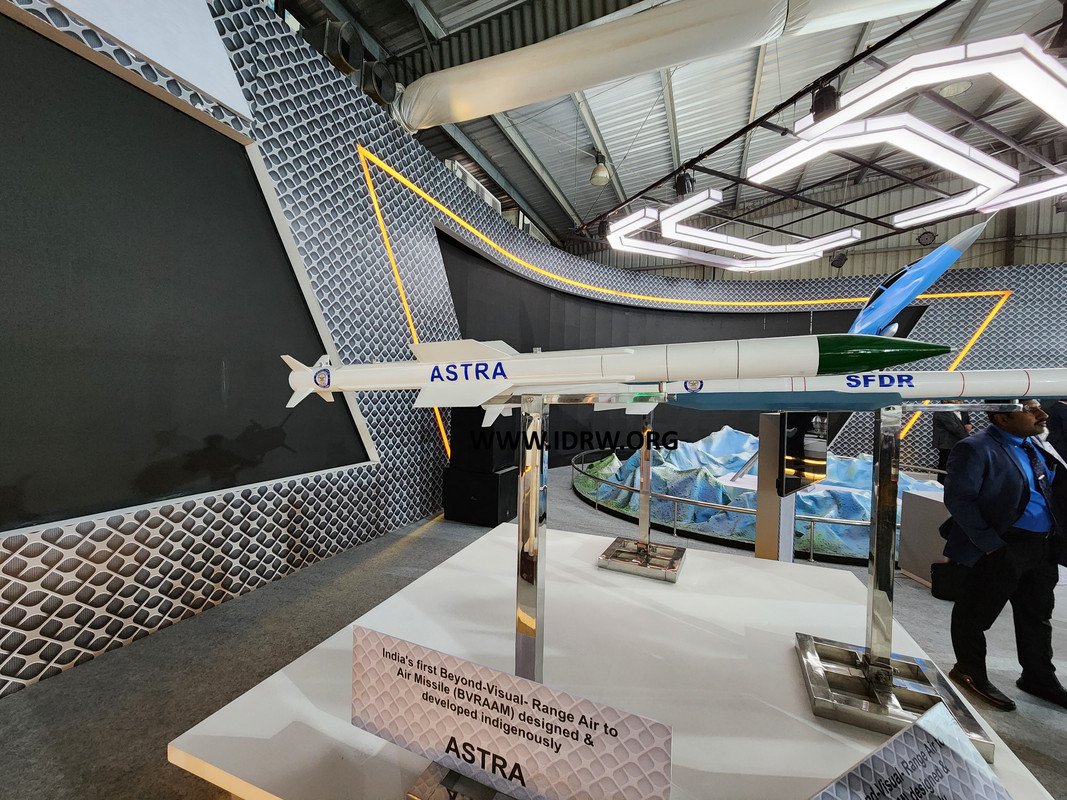

Vinod Kumar, General Manager (NP & OP) at Bharat Dynamics Ltd (BDL), has announced that the Indian Air Force’s (IAF) clearance for the production of the Astra Mk1 missile marks a significant milestone for the company. This clearance is expected to bolster BDL’s efforts to scale up production of the beyond-visual-range (BVR) missile, which is a key component of India’s air defence capabilities.
BDL, as the designated production agency for the Astra Mk1, is already in discussions with the IAF for a larger order of the missile. The IAF is keen to expand the deployment of the Astra Mk1 across its fleet, recognizing the missile’s superior performance in terms of range and Electronic Counter-Countermeasures (ECCM) capabilities compared to the Russian R-77 BVR missile, which has long been a staple of Russian fighter jets globally.
Continue readingSOURCE: IDRW.ORG TEAM
3FVT.jpg)

The Defence Research and Development Organisation (DRDO) has submitted a proposal to the Indian Navy for the development of a ship-based variant of its Supersonic Missile-Assisted Release of Torpedo (SMART) system. This move aims to significantly bolster the Navy’s anti-submarine warfare (ASW) capabilities.
SMART is a cutting-edge missile-based system designed to deliver lightweight torpedoes to targets at distances far exceeding the conventional range of such weapons. The system incorporates advanced technologies such as a two-stage solid propulsion system, precision inertial navigation, and a parachute-based release mechanism.
Continue readingSOURCE: IDRW.ORG TEAM


Russia’s Rubin Design Bureau, a leading authority in submarine and underwater technology, has confirmed ongoing discussions with India for a potential collaboration on the development of Autonomous Underwater Vehicles (AUVs). The partnership aims to explore both civilian and military applications for these advanced underwater systems.
Rubin Design Bureau recently unveiled its latest underwater technologies at the Army 2024 exhibition, showcasing the Argus-D, Whale 3000, and Octavis systems. These cutting-edge AUVs demonstrate Russia’s expertise in the field and offer a glimpse into the potential capabilities of a future Indo-Russian collaboration.
Continue readingSOURCE: RAUNAK KUNDE / NEWS BEAT / IDRW.ORG
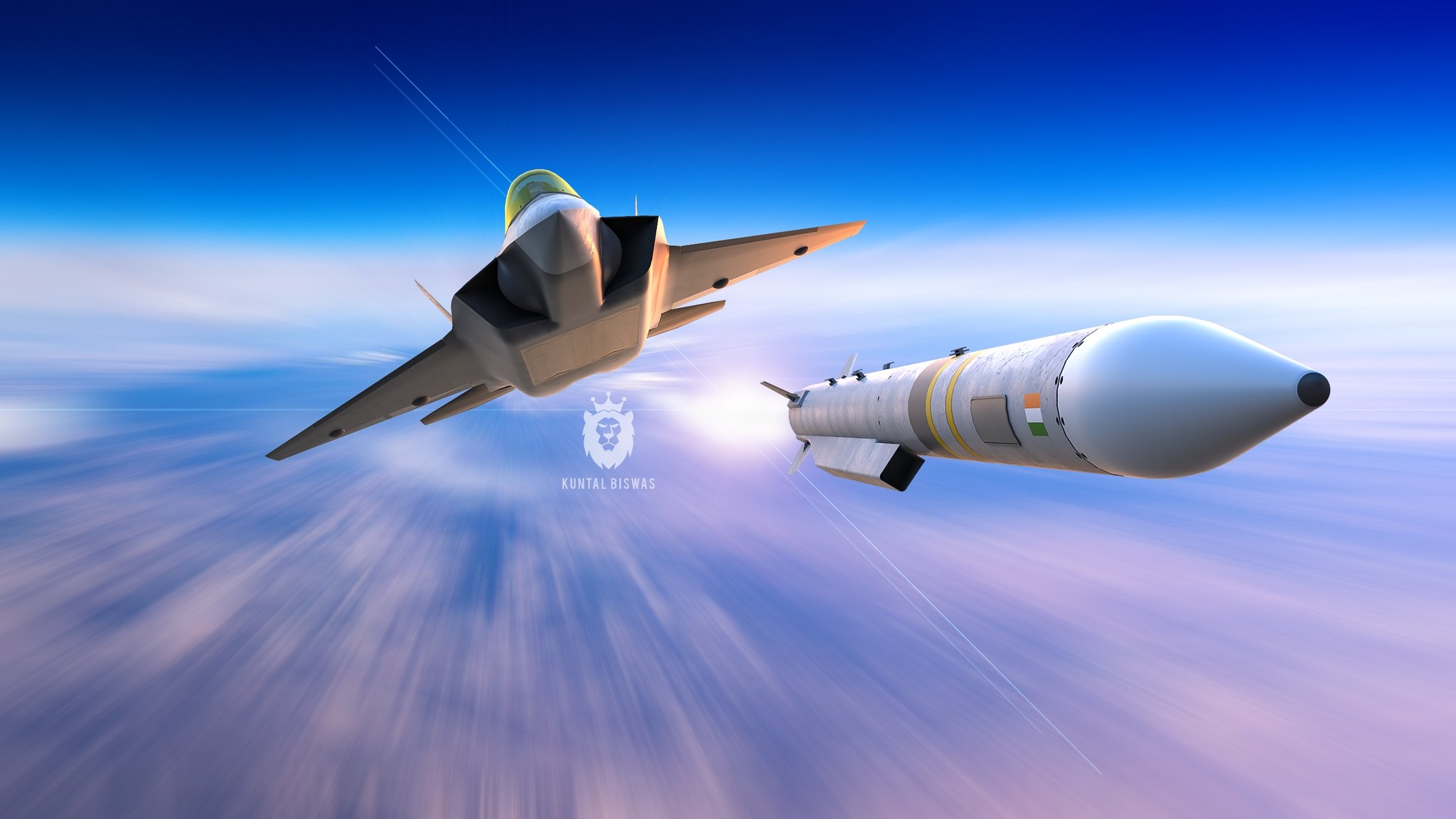

The Indian Ministry of Defence (MoD) has revised its plans for the AMCA fighter jet program, opting for a new model involving two Development cum Production Partners (DcPPs). This revised approach aims to ensure a competitive and efficient development and production process for the advanced 5th-generation fighter jet.
Previously, the MoD had proposed a Special Purpose Vehicle (SPV) model, where the state-owned Hindustan Aeronautics Limited (HAL) would manufacture the initial batch of 40 AMCA Mk1 jets powered by older F414 engines. Subsequently, a private sector majority-owned company would take over the production of the AMCA MkII, with HAL holding a minority stake.
Continue readingSOURCE: RAUNAK KUNDE / NEWS BEAT / IDRW.ORG


The Japan Air Self-Defense Force (JASDF) is set to make a historic visit to India with two Mitsubishi F-2 fighter jets. The F-2s will be participating in the Indian Air Force’s inaugural multilateral exercise, Tarang Shakti.
This is a rare occurrence for the JASDF, as F-2s are not frequently seen at international air exercises. The Mitsubishi F-2 is a multirole fighter derived from the General Dynamics F-16 Fighting Falcon, and it is manufactured by Mitsubishi Heavy Industries and Lockheed Martin specifically for the JASDF.
Continue readingSOURCE: RAUNAK KUNDE / NEWS BEAT / IDRW.ORG
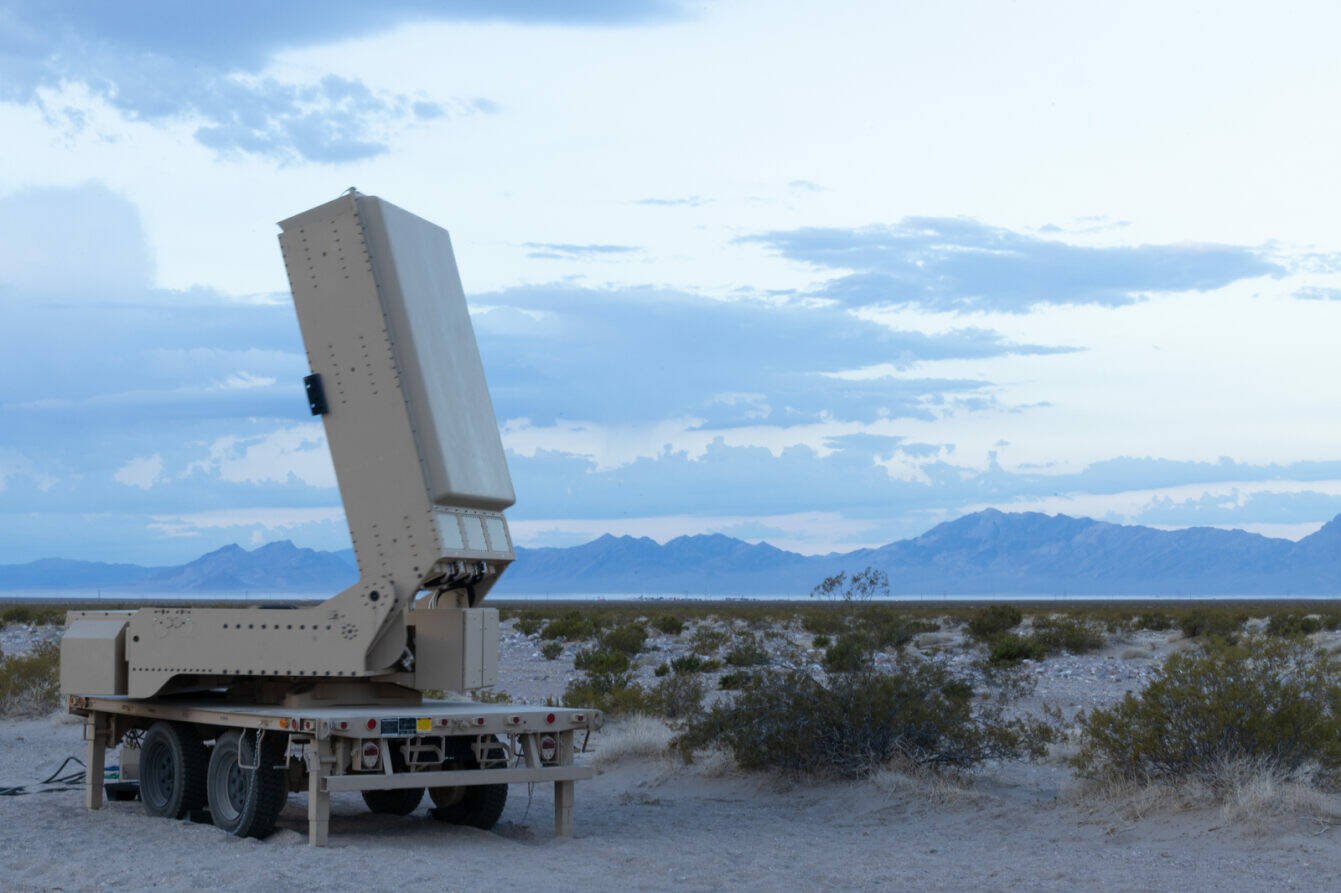

The Ministry of Defence, Government of India, has issued a Request for Information (RFI) for the procurement of the Anti UAS High Power Microwave (Mark II) System (AUHPM Mk II). This advanced system is being sought by the Indian Army to address the evolving threat posed by Unmanned Aerial Systems (UAS), including those operating in swarm configurations.
The AUHPM Mk II system is envisioned to be a comprehensive solution with capabilities in surveillance, detection, tracking, and neutralization of hostile UAS.
Continue readingSOURCE: IDRW.ORG TEAM
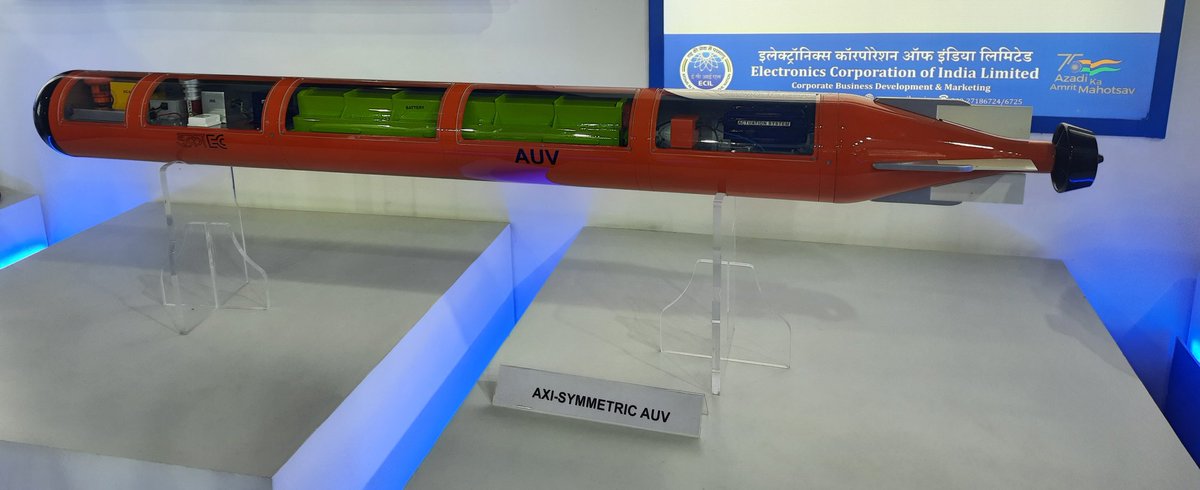

The Electronics Corporation of India Limited (ECIL) has showcased its latest technological marvel, the ECAUV 500. This advanced Autonomous Underwater Vehicle (AUV) is designed to excel in a variety of underwater applications, from oceanographic research to underwater surveillance.
The ECAUV 500 is designed to handle complex underwater tasks, making it ideal for military, scientific, and commercial applications. Its positive buoyancy and endurance enable it to perform extensive surveys, mapping, and reconnaissance missions in diverse underwater environments. Additionally, the robust depth rating and scalable design allow it to adapt to various mission requirements, from coastal surveillance to deep-sea exploration.
Continue readingSOURCE: IDRW.ORG TEAM


India has issued a Notice to Airmen (NOTAM) declaring a no-fly zone over the Bay of Bengal region and extending into the Indian Ocean. This notification, effective from September 6th to 7th, 2024, indicates that a missile test is likely to take place during this period.
The designated NOTAM area covers an extensive region of 1625 kilometers. However, the NOTAM for the rocket splashdown area extends even further, reaching a distance of 2680 kilometers. These measures are essential to ensure the safety of both civilian and military aircraft during the missile test.
Continue readingSOURCE: RAUNAK KUNDE / NEWS BEAT / IDRW.ORG

The Indian Navy has received approval for the construction of an additional S-4 class nuclear ballistic missile submarine (SSBN), according to a report by ANI. This will bring the Navy’s fleet of nuclear ballistic missile submarines to a total of five units.
INS Arihant and INS Arighat, the existing SSBNs, have a submerged displacement of approximately 6,000 tons and are sister ships with the same basic design. However, INS Arighat incorporates significant internal upgrades, making it more advanced than INS Arihant.
Continue readingSOURCE: RAUNAK KUNDE / NEWS BEAT / IDRW.ORG
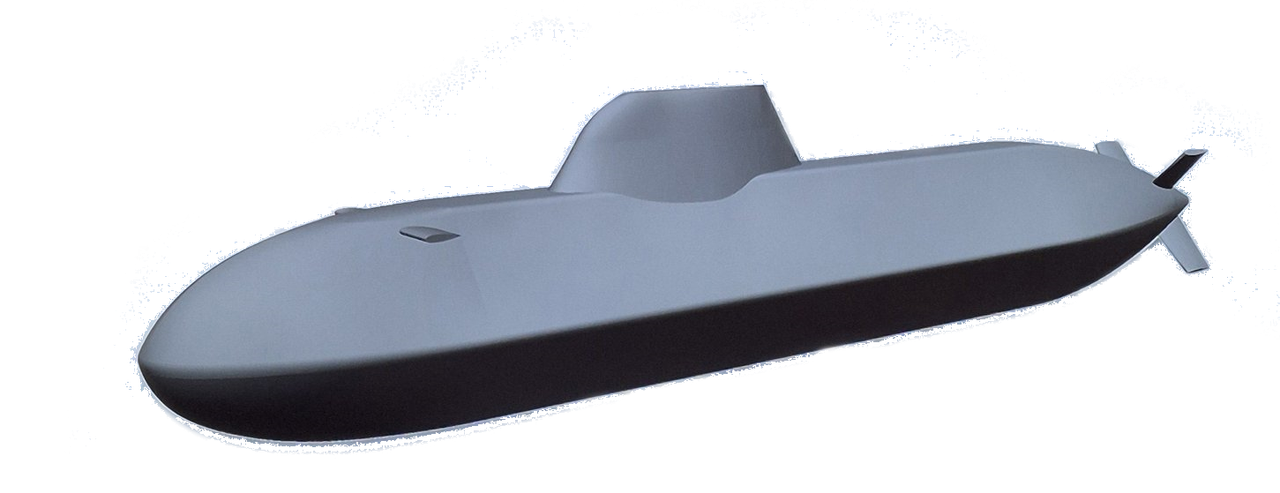

Germany’s ThyssenKrupp Marine Systems (TKMS) has proposed a state-of-the-art submarine variant to India, the customized T-214, equipped with Next-generation Air Independent Propulsion (AIP) systems. This advanced AIP technology includes a reformer that produces hydrogen on board, eliminating the need for storing hydrogen in large, cumbersome tanks—a significant innovation that enhances both the safety and operational efficiency of the submarine.
The reformer is a critical component of the AIP system, responsible for producing hydrogen through the reformation of liquid hydrocarbons, such as diesel. This process involves a series of chemical reactions that convert these hydrocarbons into hydrogen gas, which is then used in fuel cells to generate electricity.
Continue readingSOURCE: RAUNAK KUNDE / NEWS BEAT / IDRW.ORG


In a proactive move to counter the growing threat of drones on the battlefield, the Indian Army has issued a call for a portable drone detector that can be easily carried by soldiers. The demand for such a device arises from the increasing use of FPV (First Person View) drones by adversaries, which can be difficult to detect and neutralize.
The Army is looking for a compact device capable of detecting drones operating across a wide frequency spectrum, ranging from 600 to 6,000 MHz, and even beyond this range. Additionally, the detector should be able to accurately determine the drone’s trajectory with a low direction angle of 15 to 30 degrees.
Continue readingSOURCE: IDRW.ORG TEAM

Tomorrow, the Indian Navy is set to induct its second nuclear ballistic missile submarine, INS Arighat. The historic event will be graced by the presence of Rajnath Singh, the Defense Minister of India, and Admiral Dinesh Kumar Tripathi, the Chief of the Naval Staff. Senior Naval officials, scientists from the Defense Research and Development Organization (DRDO), and the Bhabha Atomic Research Centre (BARC) will also be in attendance.
INS Arighat is a sister ship of the lead submarine INS Arihant and is part of the Arihant class of nuclear-powered submarines. However, due to technological advancements over the years, INS Arighat is significantly more advanced than its predecessor.
Continue reading